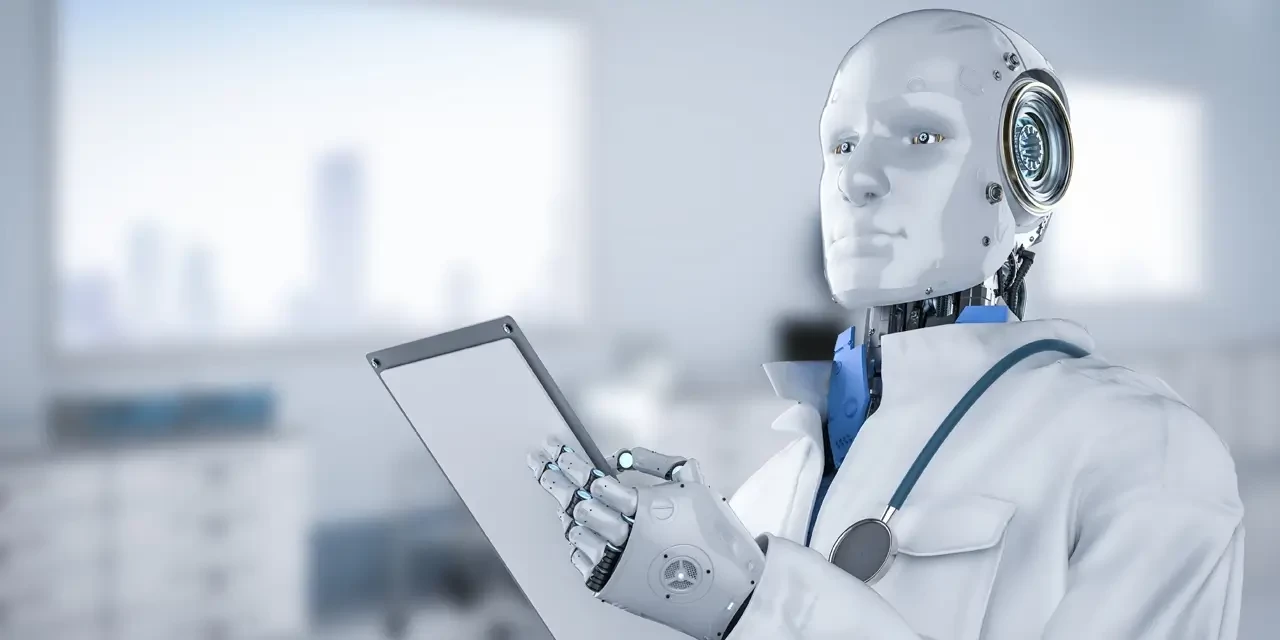Everyone talks about how AI is going to take jobs, and that's somewhat true. We're worried about AI job takeover, yet we don't fully understand how it's going to happen, when it's going to occur or how much time we have to prepare.
Most people believe that task complexity determines whether AI adoption will be fast or slow. This assumption is completely wrong. As the Sun Tzu saying goes: "Know yourself and your enemies and you would be ever victorious." So you need to understand the following dynamics.

How AI works
The mechanics of AI are still somewhat unclear, even to experts. However, we do know one important thing: it learns.
Have you ever gotten shocked while fiddling with electronics? I have, and that experience taught me never to do it again. We humans learn from experience.
AI models learn from data. An AI model with limited data is like a toddler. In contrast, one with extensive data is like an experienced grandfather.
The data paradox
Coding seems harder than driving, but AI flips that. Autonomous driving research started in the 1980s, yet still lags behind Large Language Models (LLMs), which only emerged around 2013. The reason: data.
Driving AI needs billions in funding and rare accident data that’s nearly impossible to capture. LLMs, meanwhile, train on the internet’s vast text supply. That’s why coders face automation risk sooner than drivers. Not because coding is simple, but because data is plentiful.
Industries with rich data could see AI adoption rates of 60–70%, while data-poor sectors may struggle to hit 25%.
Jobs Getting Hit Hard
- Software development: GitHub’s 420M repositories fuel AI coding tools; 75% of developers now use AI assistants.
- Customer support: AI trained on calls, emails, and tickets cuts costs by 23.5%.
- Finance: Machine learning powers 70% of US equity trades through algorithmic trading.
Healthcare’s Data Problem
AI adoption in healthcare lags. Less than 10% of surgical datasets are public, with patient data fragmented across hospitals, insurers, and clinics. Without unified, accessible data, AI struggles to learn effectively.
The Economic Reality
AI hits data-rich sectors fast; whole job categories vanish and reappear in tech hubs under new roles. A call center of 500 may shrink to 50 AI overseers.
Data-poor sectors digitize slowly but face deeper structural change, often wiping out entire departments.
By 2030, 92M jobs could disappear and 170M new ones arise, but not in the same places or for the same workers. The real issue isn’t job numbers, but the mismatch between disappearing roles and emerging opportunities.
How to adapt
For job-seekers, the key insight is that industry boundaries are blurring faster than job categories are crystallizing. Rather than focusing solely on traditional career paths, look for roles that bridge domains – positions that combine human judgement with AI capabilities, or that translate between technical systems and business needs.
Reframe your skills inventory around adaptability, not just expertise. Instead of listing what you've done, identify how you learn, solve problems and work with new systems. Employers increasingly value people who can navigate uncertainty and integrate new tools into existing workflows. Your ability to successfully adopt the last major change at your workplace may matter more than your proficiency with any specific software.
Target the friction points. Every organization implementing AI faces the same challenge: how to make sophisticated technology work within messy human systems. Look for roles in charge of management, training or process optimization within AI-adopting companies. These positions often don't require deep technical knowledge, but do need people who understand how organizations actually function when theory meets practice.
Consider the “last mile” opportunities in your current industry. While tech hubs generate headlines, every sector needs people who can bridge the gap between AI capabilities and local implementation. Healthcare systems need someone who understands both patient care and data analytics. Manufacturing plants need operators who can work alongside automated systems. Often, your existing industry knowledge combined with basic AI literacy creates more opportunities than starting from scratch in a completely new field.
Credit: weforum.org